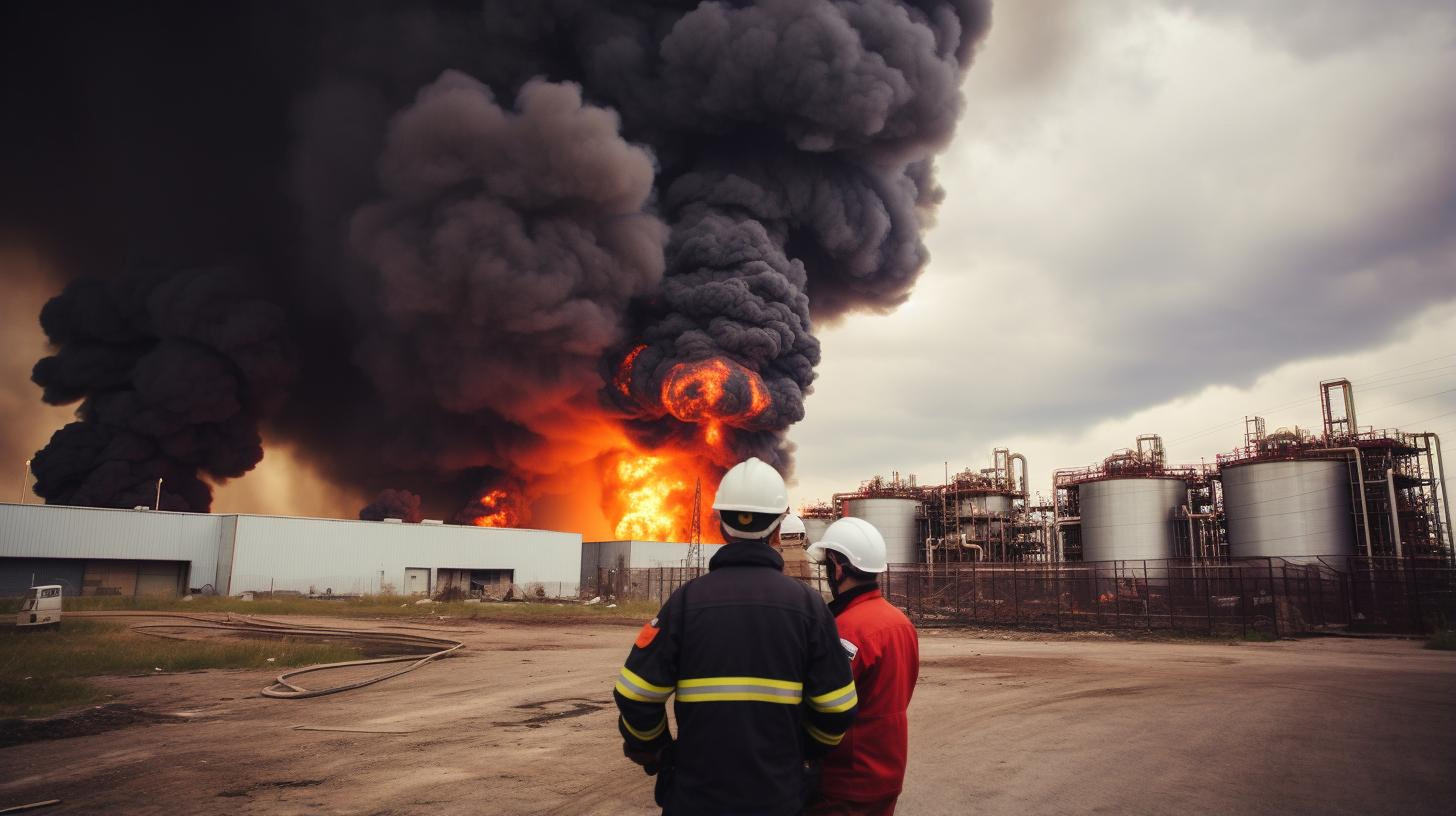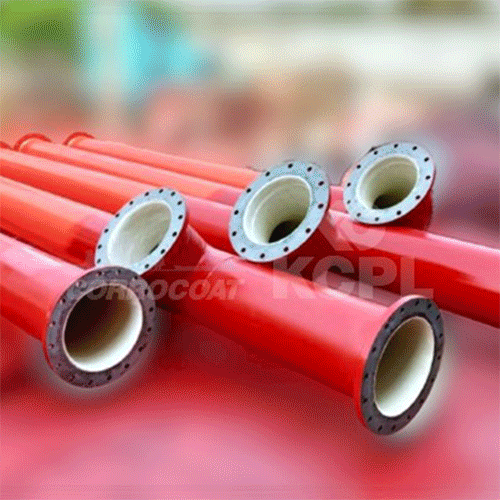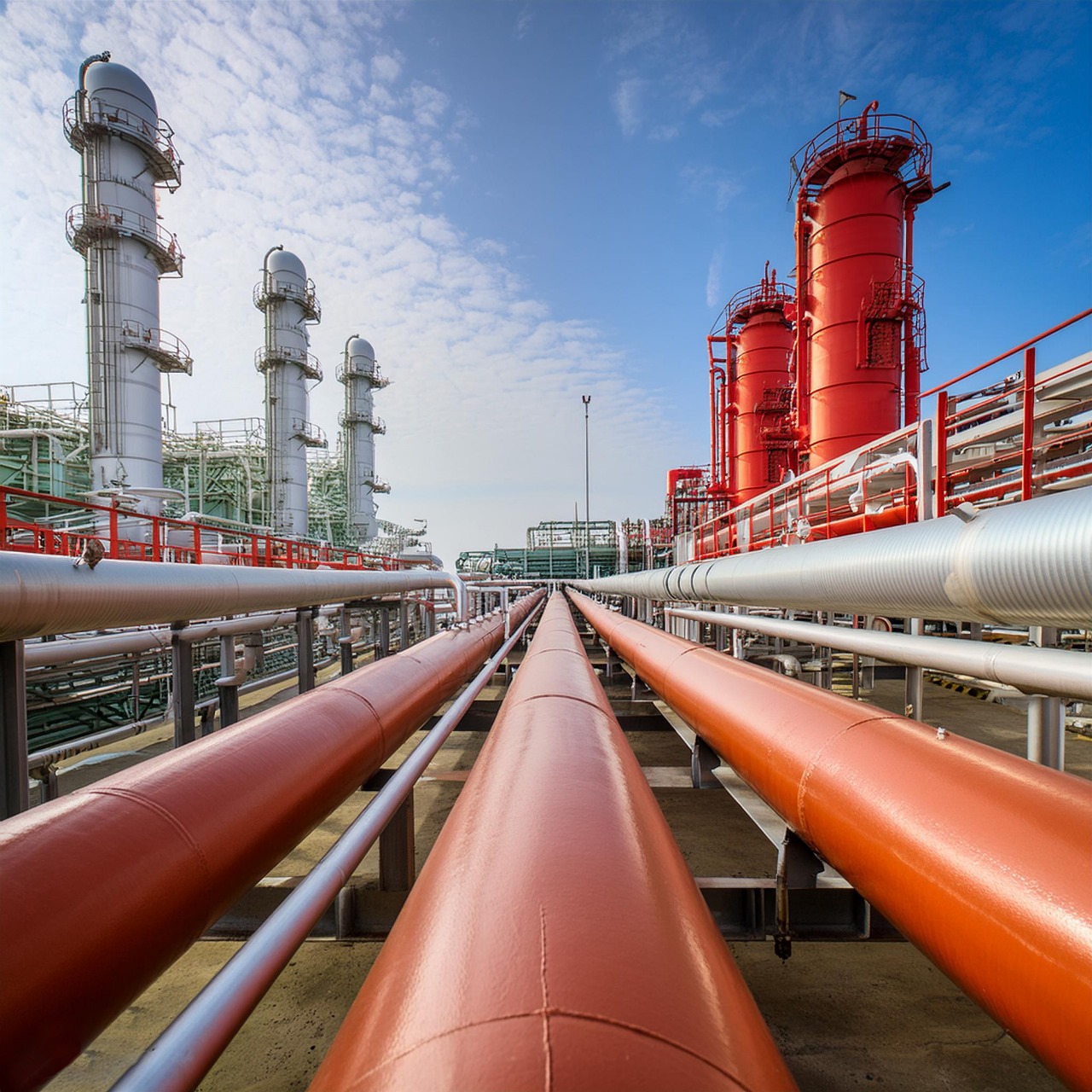Firefighting systems are a crucial safety requirement in various industries such as power plants, refineries, chemical, and more. These establishments heavily rely on an extensive network of pipelines for firefighting purposes. The water used in these firewater pipe networks can vary from Groundwater to Treated Effluent Water and even Seawater. The need for maintaining these firefighting pipelines is important, as any lapses in their functionality can lead to catastrophic consequences.
The Consequences of Corrosion:
The fire accident in Refineries and its bottling units has underlined the importance of a well-maintained network. The internal cement lining in pipes had failed in the intervening period & when water was required under emergency, the clogged lines failed to deliver. This incident prompted the formation of the Technical Committee, resulting in revised guidelines in the OISD standards for all Indian refineries and petrochemical plants.
Plants in all parts of India are facing severe problems due to numerous leaks in the fire water networks. The HSE head/firefighting personnel’s daily work includes counting for new leaks. This also increases pumping costs. Despite efforts to mitigate corrosion with water treatment chemicals, organizations have struggled to combat the issue effectively. The consequences of corroded firefighting networks are grave, with numerous leaks creating both operational and safety hazards.

Factors Contributing to Corrosion:
Several factors contribute to the aggravated corrosion in firefighting networks, including.
-
High Chloride Content:
Many water sources used in fire lines have high chloride content, which eats away at metal pipes.
-
Stagnant Water:
Unlike constantly flowing water, stagnant water in fire lines allows corrosion to take hold.
-
ERW Pipes:
Electric Resistance Welding (ERW) pipes, commonly used earlier, have internal weld seams that are more susceptible to corrosion.
Design and Material Considerations:
Previously, designers tended to favour completely flangeless pipe networks, but there has been a shift towards incorporating maintenance-friendly features. There is now a move to include flanges at regular intervals, with a focus on mitigating crevice corrosion. Consultants and organizations are increasingly specifying Kirloskar Corrocoat Make Vinyl Ester Glass Flake or Polyester resin-based glass flake coatings for internal pipe lining.
The Ideal Solution: Kirloskar Corrocoat Make Polyglass VEF:
When selecting the ideal internal coating for firefighting pipelines, it is essential to consider the type of water being used and potential changes in water sources in the future. The coating material should be versatile enough to resist various grades of water and be resistant to microbiologically induced corrosion. In response to these challenges, the Kirloskar Corrocoat Make Polyglass VEF, which is a Vinyl ester-based glass flake coating material, has emerged as the most suitable choice. This coating is effective for various types of water, including treated effluent water, primary clarified RO water, seawater, and produced/processed reject water.

Conclusion:
A successful firefighting system depends on the reliability and functionality of its firewater pipe network. By incorporating the right design changes and utilizing advanced coating system such as Polyglass VEF, organizations can ensure the durability and effectiveness of their firefighting infrastructure over decades to come.
“Let's prioritize fire safety and make sure our fire lines are firefighters on duty, ready to serve in their moment of truth.”


